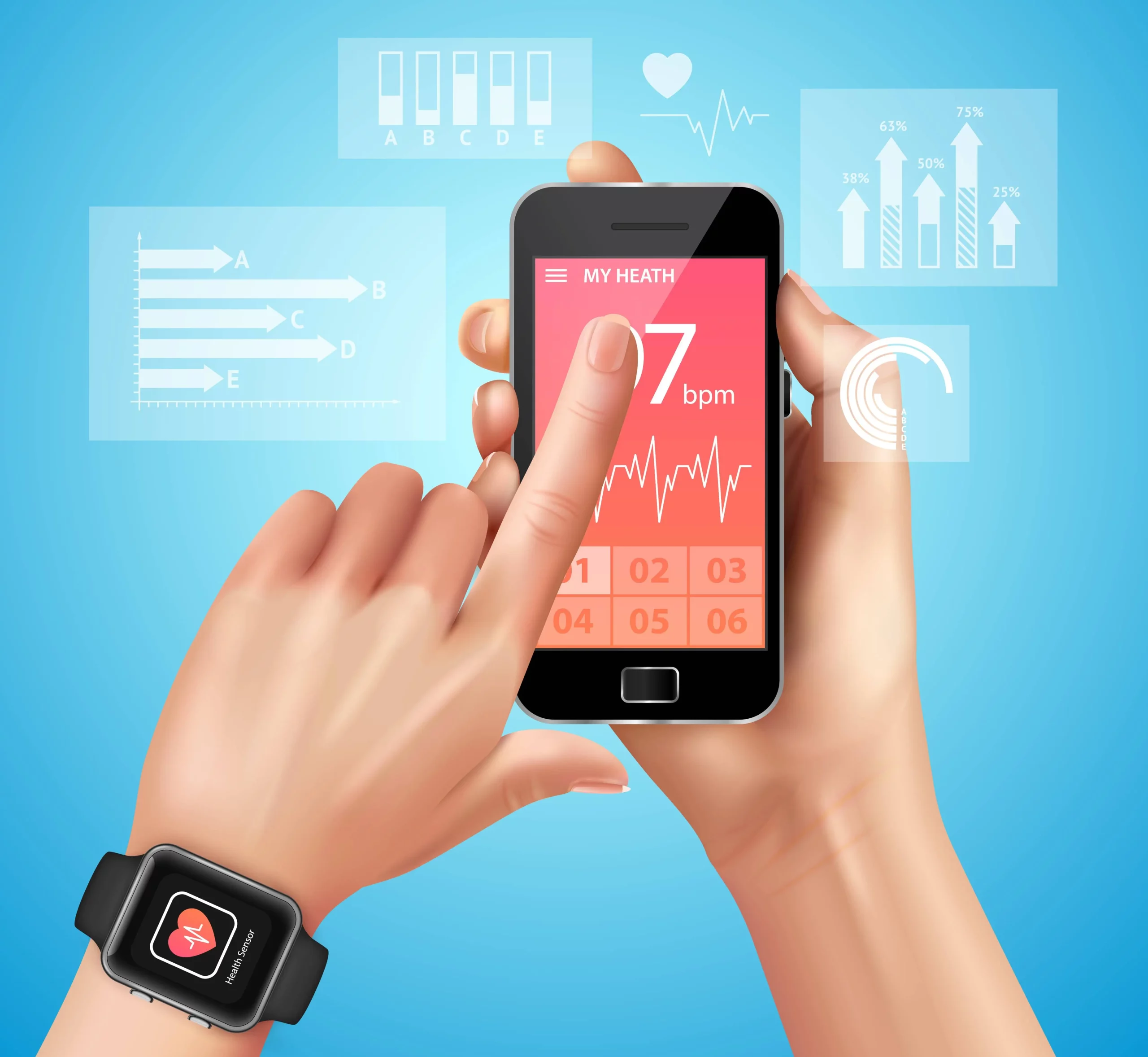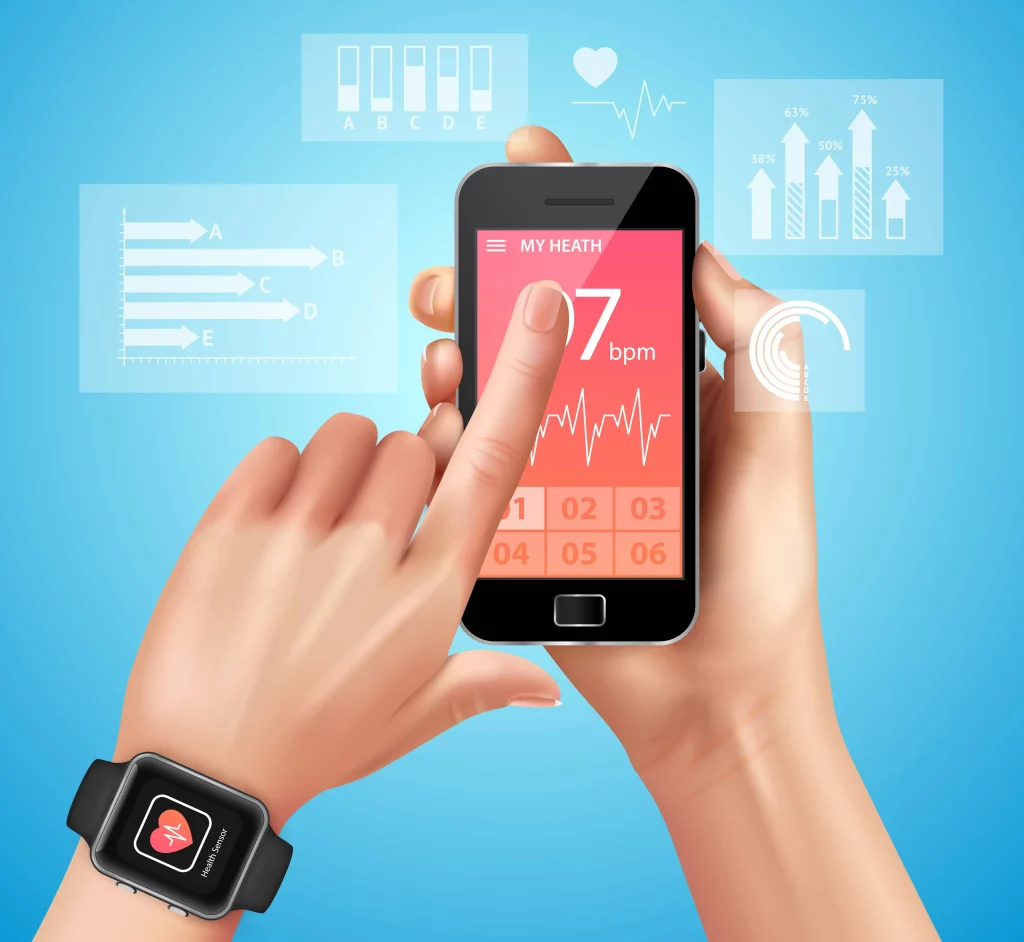A new study published by researchers at the Mayo Clinic has shown that a smartwatch ECG can accurately detect heart failure in nonclinical environments. This is a significant breakthrough because it shows that heart failure can now be detected earlier and more effectively.
The research published in Nature Medicine reports a couple of health technology advances, which include an app and backend infrastructure that allow patients to share their ECG data from a smartwatch with their clinicians remotely in a secure and easy way, as well as a modified version of a proven 12-lead ECG artificial intelligence (AI) algorithm that can now be used to record ECGs on a single-lead watch.
It has been found in the study that consumer smartwatch ECGs can detect patients with cardiac dysfunction, a potentially life-threatening and often asymptomatic condition.
An ECG from a smartwatch can detect heart failure in nonclinical settings. Mayo Clinic researchers used artificial intelligence on Apple Watch ECG recordings to identify patients with weak heart pumps. Study participants recorded their smartwatch ECGs remotely whenever they wanted. They periodically uploaded their ECGs to their electronic health record using Mayo Clinic’s smartphone apps.
According to Dr. Friedman, senior author of the study, currently, ventricular dysfunction is diagnosed through an echocardiogram, CT scan, or MRI, but these tests are expensive, time-consuming, and sometimes inaccessible. For example, an ECG taken from a smartwatch can be used to diagnose a weak heart pump remotely, allowing a timely identification of a potentially life-threatening disease at a massive scale.
It’s common for people with a weak heart pump not to have symptoms, but about 2% of the population and 9% of older people have it. There are several symptoms that may develop when the heart cannot pump enough oxygen-rich blood, including shortness of breath, rapid heartbeats, swelling of the legs, and a rapid heart rate. When diagnosed early, there are numerous treatments available to improve quality of life and reduce the risk of death and heart failure.
Apple Watch single-lead ECGs were interpreted by Mayo Clinic researchers using an algorithm developed for 12-lead ECGs that detect weak heart pumps. This 12-lead algorithm for calculating low ventricular ejection fraction is being licensed to Anumana Inc., that is an AI-driven health technology company that is a co-creation of nference and the Mayo Clinic.
Despite the fact that the data are early, the updated AI algorithm used to detect a weak heart pump using single-lead ECG data had an area under the curve of 0.88. Comparatively, this accuracy measure is similar to or slightly better than that of a medical treadmill diagnostic test, which is used for diagnosis.
Dr. Zachi Attia, the lead AI scientist at the Department of Cardiovascular Medicine at Mayo Clinic and the first author of the study, explained that the results of these studies are encouraging since they demonstrate the ability of digital tools to enable convenient, inexpensive, and scalable screening for important diseases. It has become possible through the use of technology to gather useful information about a patient’s heart remotely in an accessible manner to meet the needs of people wherever they may be.
According to Bradley Leibovich, M.D., the medical director of the Mayo Clinic Center for Digital Health, and co-author of the study, healthcare could be revolutionized if wearable consumer electronics were capable of ingesting data and providing remote analytical capabilities, as demonstrated in this study. As a result, future problems can be predicted and prevented, as well as health disparities, and the burden on clinicians and health systems will be reduced.
A total of 2,454 Mayo Clinic patients from 11 countries participated in the study. In order to upload their Apple Watch ECGs securely to their electronic health records, they downloaded an app from the Mayo Clinic Center for Digital Health. In the period between August 2021 and February 2022, more than 125,000 Apple Watch ECGs were logged into participants’ electronic health records. Doctors could view all the ECG data, including the date and time, on an AI dashboard built into their electronic health record.
Within 30 days of logging an Apple Watch ECG in the app, approximately 420 participants had an echocardiogram. The echocardiogram confirmed 16 patients had low ejection fraction, which provided a comparison for accuracy.
Final thoughts
The study shows an AI algorithm that identified weak heart pumps in patients using Apple Watch ECG recordings. In an effort to detect heart failure outside of a clinical setting, researchers have proposed an inexpensive tool for detecting the condition.
Article Sources: Reference Paper | Reference Article
Learn More:
Top Bioinformatics Books ↗
Learn more to get deeper insights into the field of bioinformatics.
Top Free Online Bioinformatics Courses ↗
Freely available courses to learn each and every aspect of bioinformatics.
Latest Bioinformatics Breakthroughs ↗
Stay updated with the latest discoveries in the field of bioinformatics.
Dr. Tamanna Anwar is a Scientist and Co-founder of the Centre of Bioinformatics Research and Technology (CBIRT). She is a passionate bioinformatics scientist and a visionary entrepreneur. Dr. Tamanna has worked as a Young Scientist at Jawaharlal Nehru University, New Delhi. She has also worked as a Postdoctoral Fellow at the University of Saskatchewan, Canada. She has several scientific research publications in high-impact research journals. Her latest endeavor is the development of a platform that acts as a one-stop solution for all bioinformatics related information as well as developing a bioinformatics news portal to report cutting-edge bioinformatics breakthroughs.







